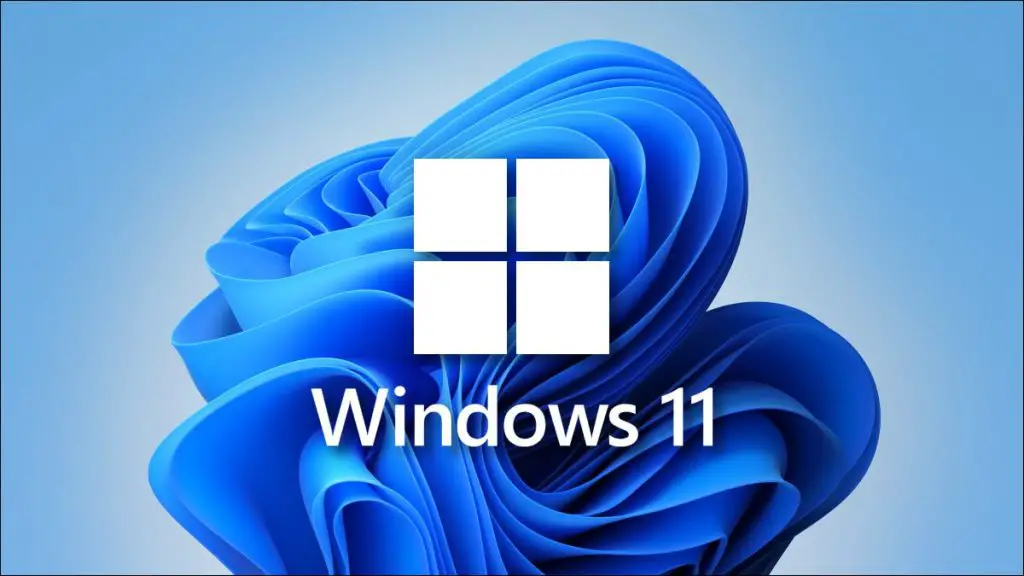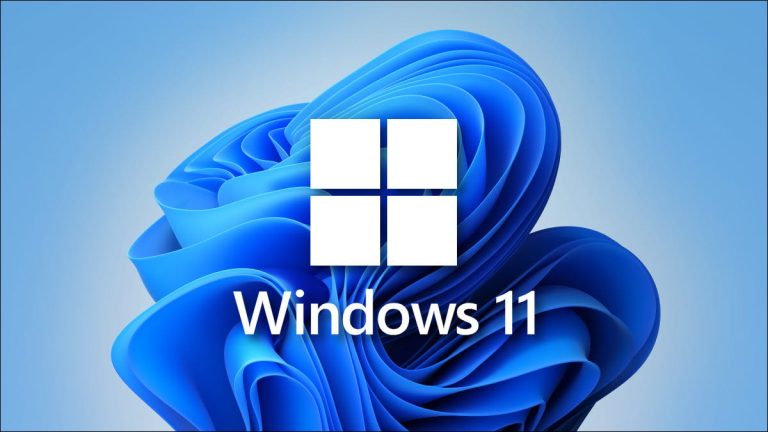
The latest Patch Tuesday from Microsoft has resulted in serious complications for virtual machine users. The update, released on May 13, fails to install on certain systems running Windows 11 and triggers a critical boot error that forces devices into recovery mode. A message appears on-screen stating that the operating system could not be loaded due to a missing or corrupted file, ACPI.sys, accompanied by error code 0xc0000098.
At present, the issue affects Windows 11 versions 22H2 and 23H2. Microsoft has clarified that the brunt of the impact has been borne by virtual environments—particularly Azure Virtual Machines, Azure Virtual Desktop instances, and on-premises VMs hosted on Citrix and Hyper-V platforms. Home users are unlikely to encounter this error, as virtual machines are more commonly utilized within corporate infrastructures.
The ACPI.sys file is responsible for implementing the Advanced Configuration and Power Interface (ACPI) specification, which governs hardware-level resource management and power conservation. It is the failure of this driver that causes the catastrophic error during the attempted installation of the May update. Amusingly, Linux creator Linus Torvalds once described ACPI as “a design disaster in every possible way.”
Microsoft has acknowledged that a similar error may manifest under a different system file name, potentially pointing to an additional fault—namely, error code 0x8007007e, associated with file corruption. Users have been reporting this issue since the April update.
As of now, Microsoft has not provided any official workaround aside from advising users to refrain from installing the update altogether. The company has not disclosed the full extent of the incident, stating only that engineers are actively working to resolve the issue.
This is not the first misstep for Microsoft’s updates in 2025. In early May, the company was forced to issue an emergency patch for Windows 10 to fix an endless loop of BitLocker Recovery prompts at startup. Following the April update, users discovered the unexpected appearance of an Internet Information Services (IIS) folder on their drives—something Microsoft failed to mention in advance. It was later revealed that even standard users without administrative privileges could exploit this folder to block future updates, inadvertently creating a new security vulnerability.
February was marked by yet another incident: an update for Windows 11 24H2 and Server 2025 caused Remote Desktop sessions to freeze immediately upon connection. Both mouse and keyboard inputs became unresponsive, with the only remedy being to disconnect and reconnect to the session.
As Microsoft continues to discover new ways to break its own products, enterprise customers are left with a familiar set of choices: wait for yet another patch, or once again click “skip this update.”
